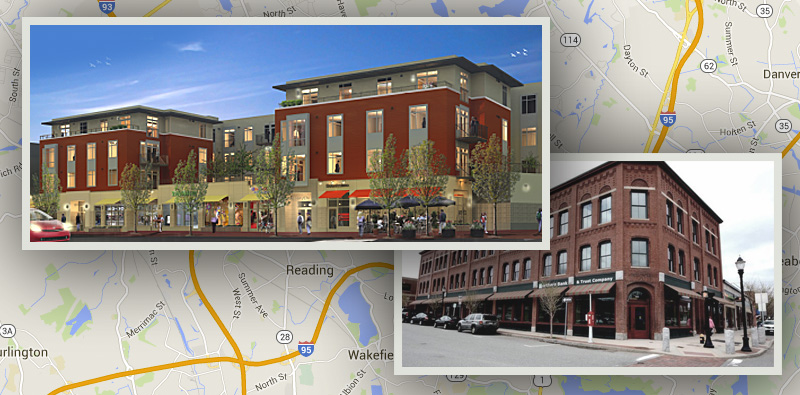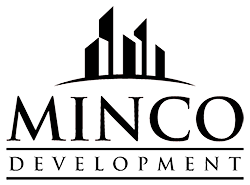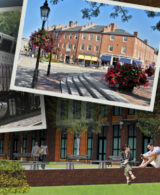Here is what happens when 40R is put to practice

More than 30 communities across the Commonwealth have already taken advantage of the Massachusetts Chapter 40R Smart Growth Zoning.
The City of Newburyport will – pending City Council approval – join that group of proactive communities with the adoption of its own Smart Growth District in the area around the Route 1 rotary and the MBTA Rail Station.
Designed to create walkable, vibrant, mixed-use neighborhoods in close proximity to transit centers, Chapter 40R has become an attractive option for municipalities seeking to combat urban sprawl, secure financial incentives, and provide an array of housing that caters to everyone from young professionals to empty nesters.
But what does 40R really entail when put to practice? Let’s take a closer look at the experiences of Reading and North Reading, two neighboring communities just north of Boston, which were among the first in the Commonwealth to turn to Smart Growth zoning to support their revitalization efforts.
Reading
Smart Growth zoning has been a cornerstone of Reading’s redevelopment success. The Town of Reading has adopted two 40R Smart Growth districts: The Gateway Smart Growth District, located on the Stoneham line, and the Downtown Smart Growth District that has helped transform downtown into an attractive and thriving mixed-use neighborhood.
Reading is, in fact, a textbook example – “a real success story” – of a suburban community that leveraged and reaped the rewards from the adoption of Smart Growth Zoning Overlay Districts, according to Andre Leroux, executive director of the Massachusetts Smart Growth Alliance.
Covering 26 acres of downtown, the district is a transit-oriented development area that allows for 256 housing units, smaller infill, and redevelopment opportunities across numerous parcels in the same block as the town’s commuter rail station.
To date, the district has earned the town $350,000 in 40R zoning incentive funds, $159,000 in 40R implementation funds, as well as $18 million in private investment.
“We’ve seen tremendous benefits to downtown,” says Assistant Town Manager Jean Delios.
Two downtown projects that both needed zoning changes to move forward spurred the town to take action in 2009. In accordance with the Master Plan, the town sought the solution in 40R or Smart Growth zoning. The new overlay district not only helped realize the two private redevelopment projects, but also supported the revitalization of the streetscape that the town and the State had already invested greatly in.
The two projects included:
- 30 Haven Street: The former site of a neighborhood supermarket, the property sat vacant and was prior to 40R not zoned for mixed use. With the approval of the 40R Downtown Smart Growth District, the developer was able construct a contemporary four-story mixed-use building, featuring 20,000 square feet of commercial space on the first floor, 73 underground parking spaces, and 53 apartments, 11 of which were designated affordable as part of the zoning requirement. A municipal parking lot is also located in the rear of the building and ample overflow parking is available at the Reading Depot across the street.Says Delios: “We are very pleased with how our efforts to plan and zone under 40R have yielded such positive results in Reading. The community supported the downtown district as evidenced by the 2/3 affirmative vote of Town Meeting (a rigorous requirement for adopting changes to local zoning). Our downtown has benefited from new businesses moving in, outdoor dining, a lot more foot traffic, and more residents living in downtown to support the new businesses. It really has been fantastic.”
- 600 Main Street: The four-story “Main Block,” a historic property located on a prominent corner of downtown, was in need of significant amount of work. To the town’s delight, the developer performed an exhaustive renovation, repointing every single brick of the structure; he also built an elevator in the back, created a “beautiful entrance,” and restored the historical “Main Block” portion of the building to its original grandeur. A landscaped courtyard was constructed, connecting the municipal parking lot in the back with Main Street; it also includes a patio for al fresco dining.
The property now features five new businesses on the first floor with two tenants, a bakery and a frozen yogurt shop, securing town approval for outdoor sidewalk dining. The next phase will include the upper floors, which although still being developed, could become residential units, an option that didn’t exist before the zoning was changed, Delios points out.
Encouraged by the impact of the two projects, the town is anticipating a third building will be redeveloped – the historic post office – which is likely to be an adaptive re-use project, including both residential and commercial uses.
There are also plans to expand the downtown district, further spurring development. Noting the downtown residences have attracted young professionals and older adults who are downsizing, Delios says, “That’s the kind of housing that has a strong market so by allowing the zoning to support that through 40R, we feel like we’ve really hit the mark.”
She continues: “Reading’s downtown commuter rail station combined with its walkability makes it a prime location. The residents contribute to the vibrancy downtown and support local businesses. The symbiotic relationship between commercial and residential help spur economic development as well as create much needed affordable and market rate housing.”
North Reading
North Reading became the second municipality (after Plymouth) in the Commonwealth to apply for Chapter 40R. Formerly the site of a sanatorium hospital, the 44.6-acre site on the outskirts of town had for years been the subject of various redevelopment plans until the town in 2005 decided to take advantage of the newly enacted Smart Growth Zoning Overlay District Act. Although zoned light industrial park, the adoption of the Smart Growth District that following year enabled the town to add a residential component and accrue $1.3 million in property taxes in addition to the state’s 40R density bonus.
The development, Edgewood Luxury Apartments, includes 406 units, 101 of which are deemed affordable. As a result, the town’s affordable housing stock for the first time surpassed the state-mandated 10 percent.
Characterized by public participation and open lines of discussion between the developer and local officials, Edgewood became the fastest development to be approved in the town; in less than six months, a draft of the development was sent out for approval. The compact development, surrounded by preserved wetlands, stands in sharp contrast to the sprawling suburban housing of North Reading.
Half the site has yet to be developed, and Town Planner Danielle McKnight says the town envisions a center of retail venues, offices and other services – all within walking distance of the Edgewood apartments.
Says McKnight: “There’re not a lot of places in North Reading that people can walk to so this would provide a nice opportunity to make this part of town more accessible.”
The success stories Reading and North Reading should serve as a powerful reminder of the positive impact of establishing a Smart Growth District. Newburyport stands to greatly benefit from becoming a Smart Growth community.



